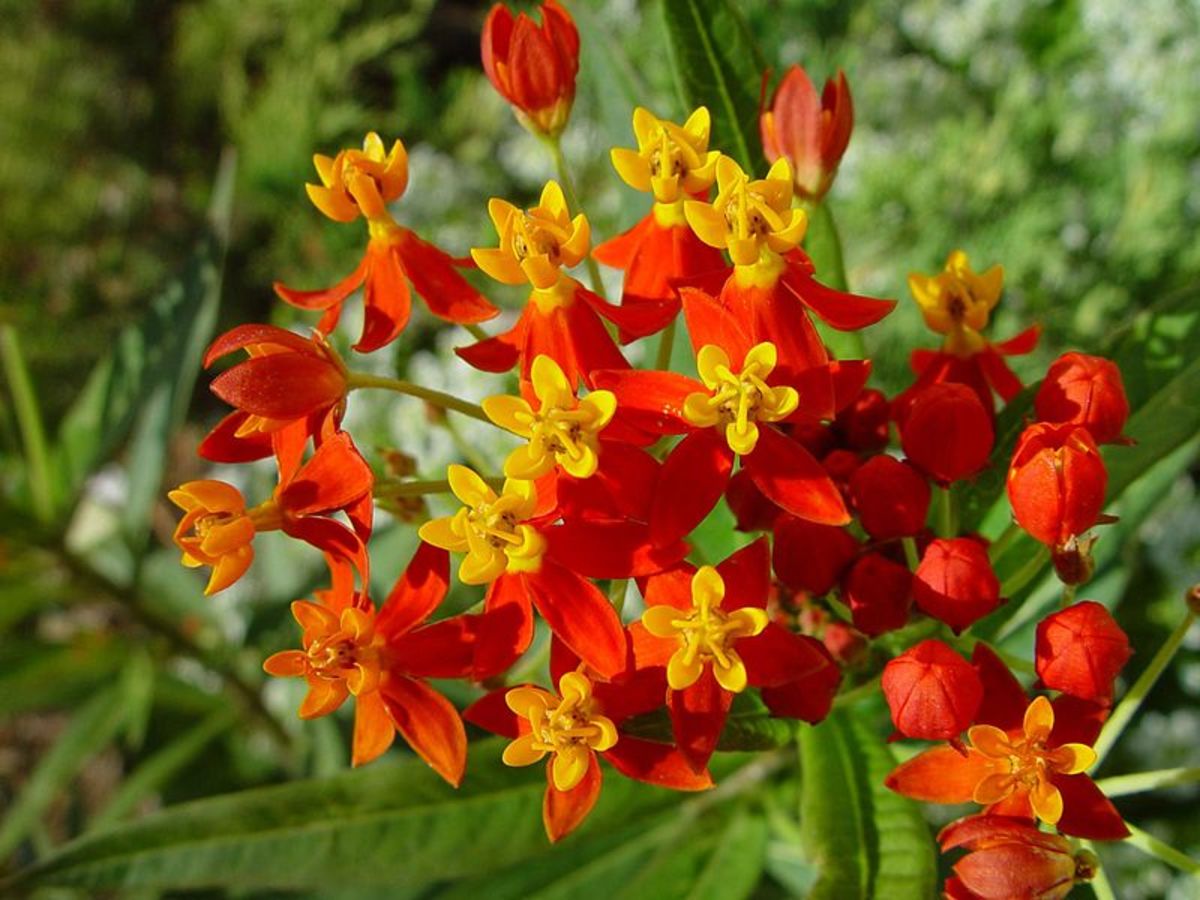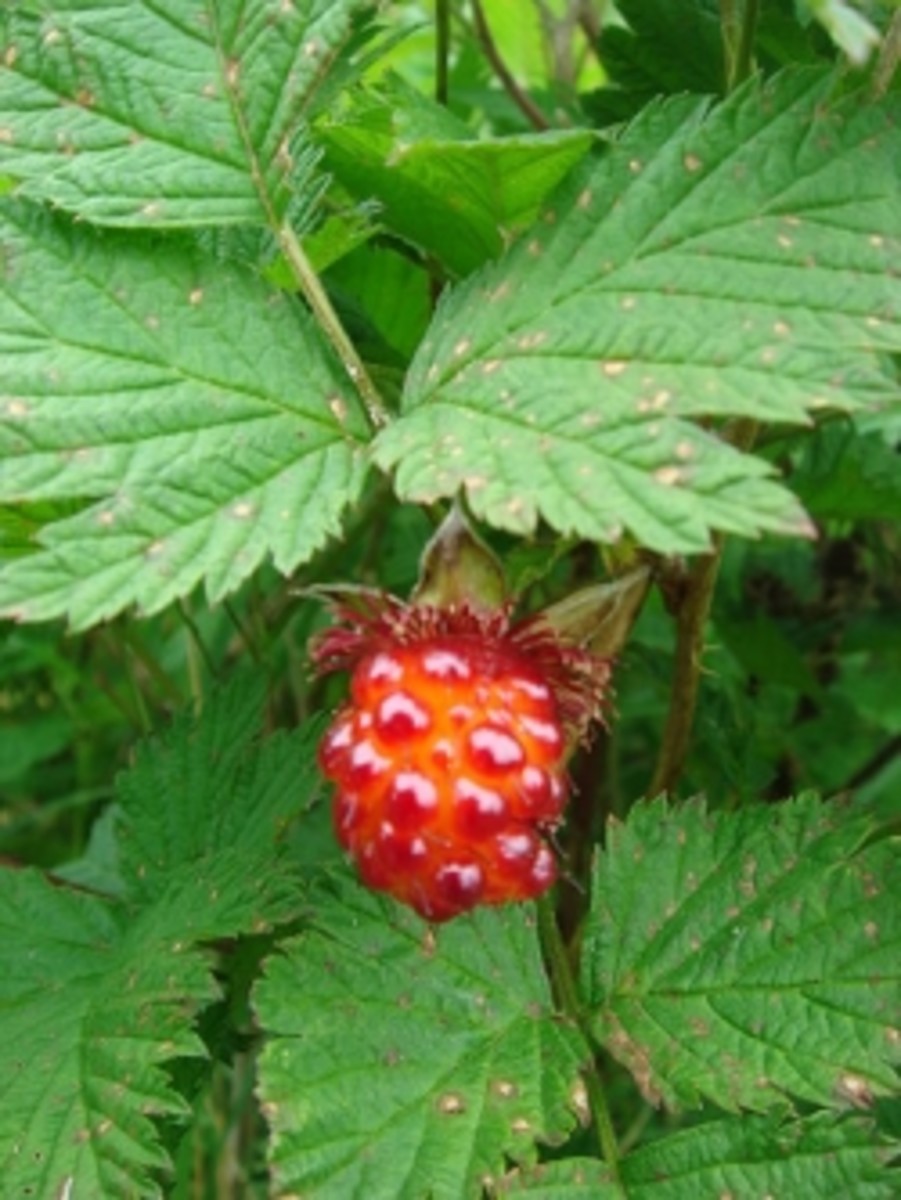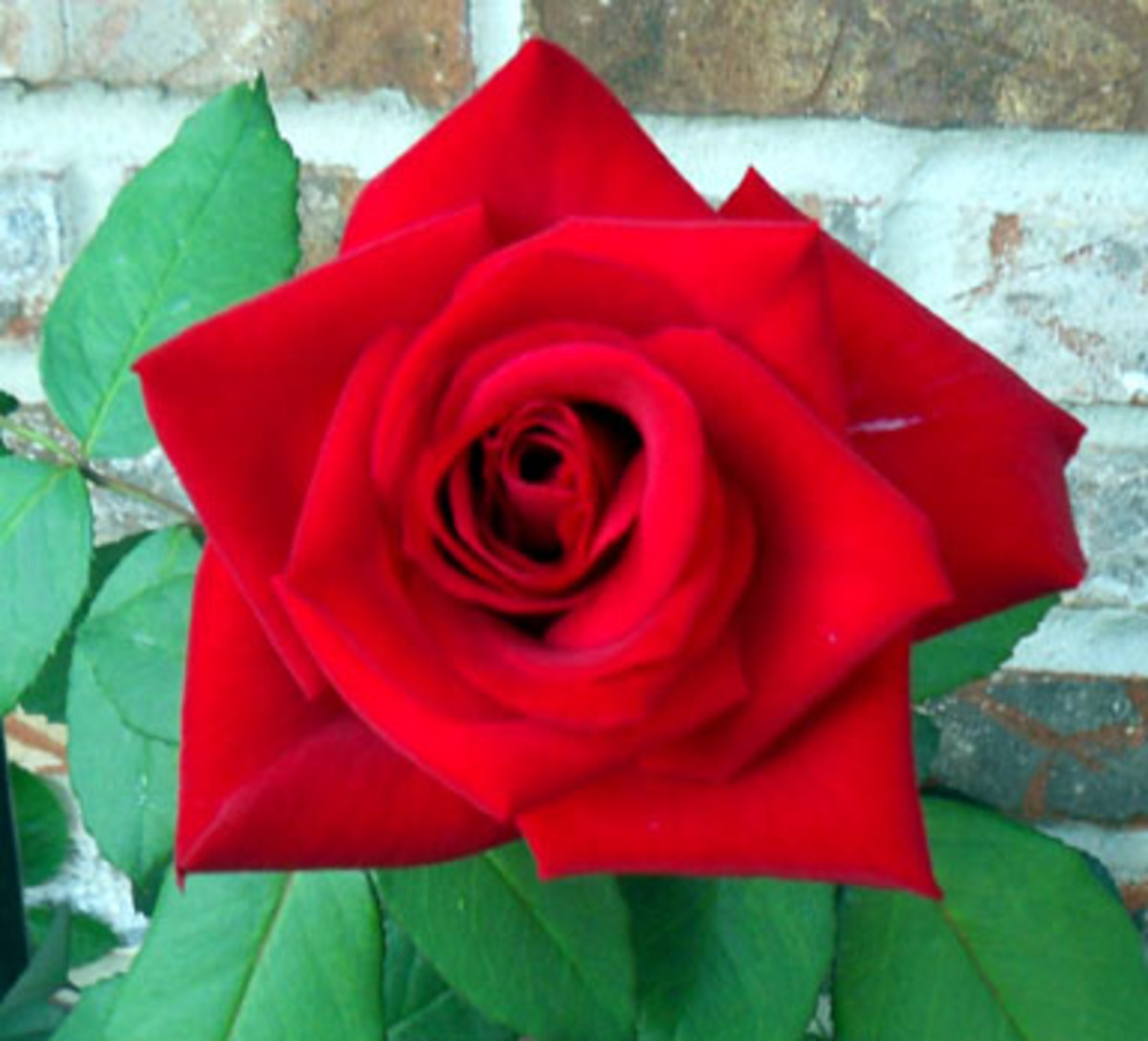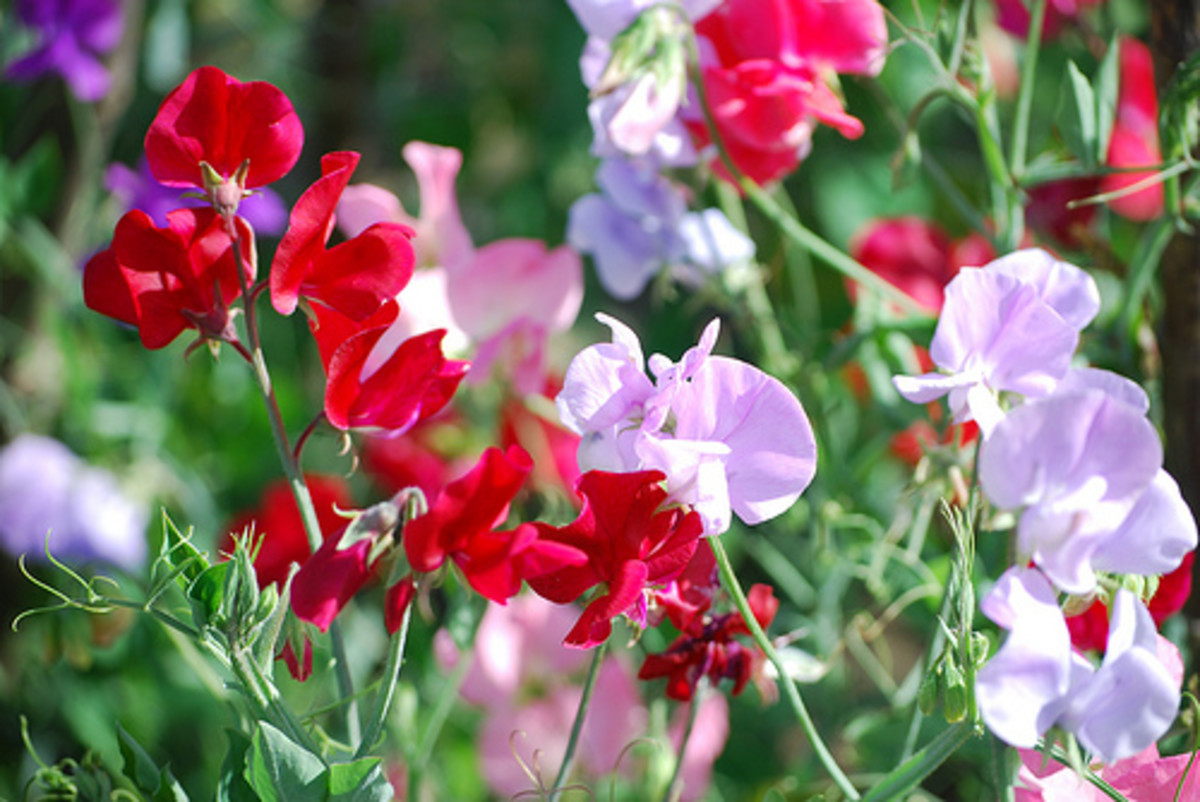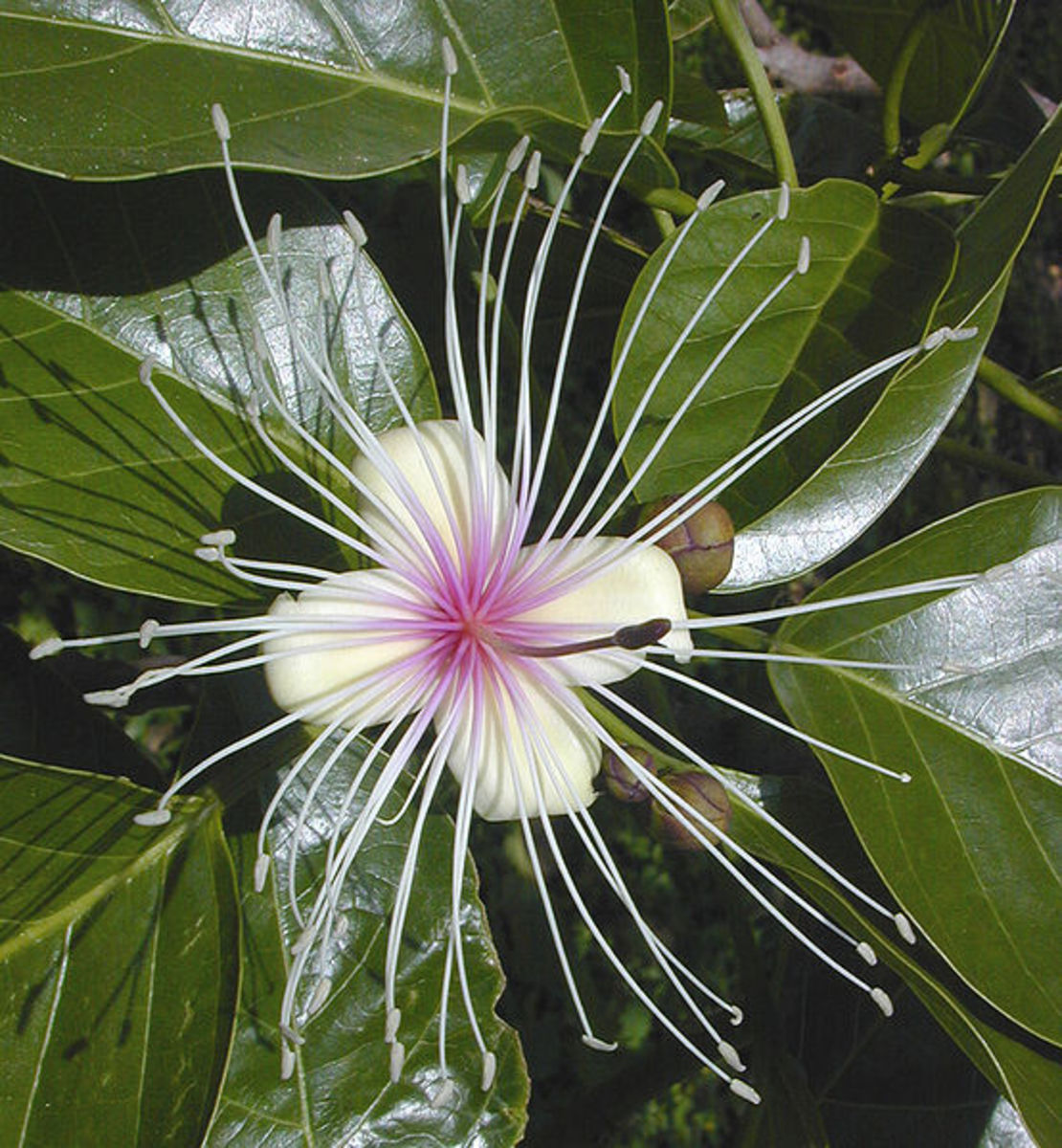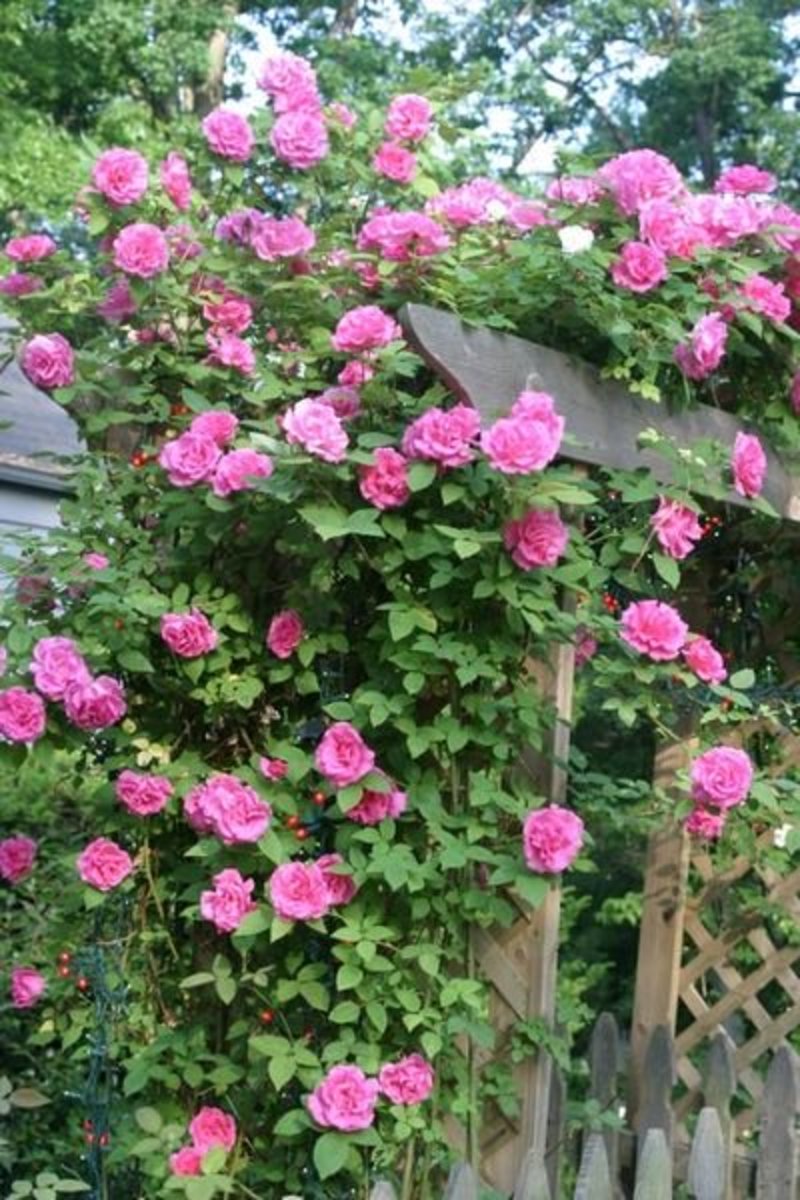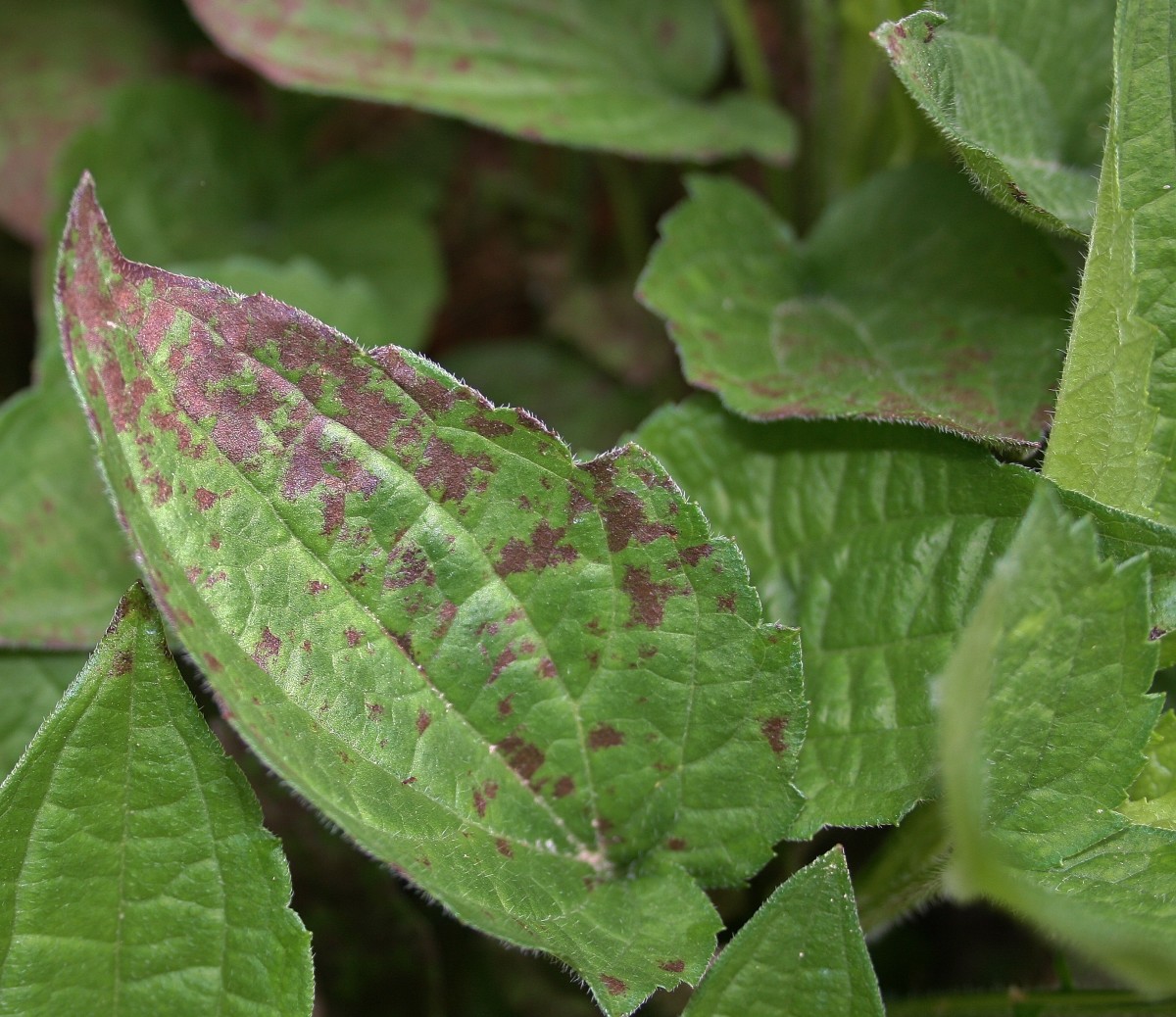How to Grow the White Out Rose
If you want flowers in your garden that are literally almost always in bloom, the White Out rose bush is the answer. They provide citrus-smelling, beautiful blossoms from spring through fall and they are disease-resistant so you don't have to worry about mildew, rust or Japanese beetles.
White Out Rose Description
The White Out rose bush offers pure white flowers that will grow generally 3 to 10 on each stem with around 5 petals. If you look past the hypnotizing beauty of the flowers, you will also see that the foliage is remarkable as well. The nearly charcoal-colored leaves provide a harmonic light and dark contrast whether planted in containers or as a border.
Bushy and compact are two words to describe the White Out rose. They will stand approximately three feet tall when it mature so they are the perfect compliment to any landscaping. They are self-cleaning, evoke freshness and long-lived, what more could you ask for?
Planting the White Out Rose
When you choose the perfect location for your White Out rose, it should be partially shady. They only require about four hours per day of direct sunlight. They also prefer a nice well-drained soil and plants should be given four feet between one another if you happen to be using them for a border, as mentioned before, they get bushy.
Dig the hole about three times the rootball's width so the roots have room to grow outward.
Remove your White Out rose out of its original container or packaging and set the rootball in the created hole.
Backfill the hole about halfway making sure to pack the soil nice and tight so there are absolutely no air pockets around the roots.
Fill up the hole with water and give this time to soak all the way through.
Use the remainder of the original garden soil and fill the hole the rest of the way up.
Add about three inches of mulch. This will retain moisture and reduce weed growth.
Your White Out rose should be watered two or three times weekly unless you receive an abundance of rain.
General Care for the White Out Rose
You do not need to prune your White Out rose bush but if you take the time to lightly shear them, they will bloom substantially heavier. You can perform reductions in spring, fall as well as winter but the springtime is always the recommended time to remove nonproductive canes and do rejuvenation pruning.
The White Out rose absolutely adores nitrogen so offer it fertilizer throughout the growing season. They are typically very hardy but you should still inspect for aphids and thrips from time to time. If you find any, spray them with a mixture of neem oil and water and that should get rid of them without hurting your stunning flowers.
Decorating for Tranquility
- Decorating for Tranquility | Creating a Peaceful Home
Visit Decorating for Tranquility to learn tips and recommendation for transforming your outdoor living space into a tranquil oasis with the right decor.

Recommended Hubs
- Growing the Yellow Coneflower
When you have the opportunity to see the long slender stems of the yellow coneflower standing four feet tall in a meadow, they certainly leave a lasting impression. These flowers are rigid, delicate, peculiar... - HOW TO MAKE A GARDEN TROUGH
Every year, garden troughs certainly seem to be gaining in popularity, after all they are the perfect compliment to any garden, patio or landscaping. What's so spectacular about them is regardless whether you... - How To Amend Clay Soil
Since most of are not blessed with ideal soil, we are sometimes forced to amend clay soil. It is true that you are stuck with the hand that you are dealt so if you are dealt clay, you will need to work... - Chrysanthemum Frutescens AKA Daisy
The chrysanthemum frutescens is also called Marquerite daisy, bushy daisy, cobbity daisy, Paris daisy and Boston daisy. Regardless what you call them, they are adorable flowers that are usually thought of as... - How to Grow Marigold Plants
If you are looking to cheer up any garden, marigold plants can get the job done! While they come in an assortment of colors, the yellow and orange varieties are by far the most popular. The flowers do not...


